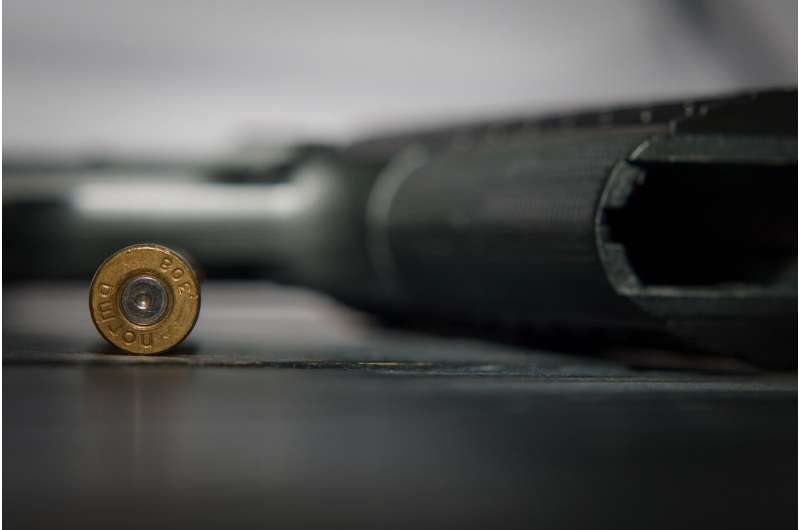
Results from new research suggest that protective measures to mitigate the spread of COVID-19 in Massachusetts were associated with an increase in firearm injuries during the first year of the pandemic. Led by researchers at Boston Medical Center (BMC) and Boston University School of Public Health (BUSPH), study results show that Black and Hispanic men who were unemployed were more likely to experience firearm injuries, highlighting the disproportionate consequences of the COVID-19 pandemic for vulnerable populations.
The COVID-19 pandemic has been associated with differences in levels, timing, and types of violent penetrating injuries. Published in JAMA Network Open, this study highlights the significant increase in patients presenting with firearm injuries during the first year of the pandemic, but no increase to the number of stabbing injuries, when compared with the previous five years.
Researchers highlight the severe disruptions to the structure of daily life when public health measures were put in place to reduce the spread of COVID-19. Black and Hispanic households were more likely to experience job or wage loss due to the pandemic and were less likely to have financial reserves to cover basic expenses. The study suggests the social and financial impacts of the pandemic may have contributed to an increase in violence and how the results can be seen as a reflection of the legacy of systemic racism and health inequalities.
“The COVID-19 pandemic, violent injuries, and homicides have disproportionately impacted neighborhoods of Black, Hispanic, and other racially marginalized individuals,” says Elizabeth Pino, Ph.D., a research scientist and data manager at the Violence Intervention Advocacy Program at BMC. “As the pandemic continues, community violence prevention and interventions must be implemented to respond to this epidemic of violence.”
Patients presenting with violent penetrative injuries during the pandemic were less likely to have experienced a similar injury prior to the pandemic. Shootings also increased during weekdays compared with previous years, but they continued to occur primarily during overnight hours. The surge in firearm violence began while Massachusetts was still under a stay-at-home advisory and before large-scale racial justice protests began. While other sources have documented an historic rise in homicides in 2020, this study was able to analyze the increase in serious but mostly non-fatal violence among patients who presented to the emergency department.
“Every one of these injuries represents a traumatic and life-altering event for the survivor, their family and community,” says Jonathan Jay, DrPH, JD, an assistant professor of community health sciences at BUSPH. Even though gun violence rates in Boston trended downward in the second part of 2021, “people continue to face these harms every day, particularly in the most marginalized communities,” Jay says. “It will take many years of sustained investments to make Boston safer and more equitable.”
The retrospective cross-sectional study included a total of 2,383 patients with violent penetrating injuries during the first pandemic year, March 2020 to February 2021, and compared them with the previous five years, March 2015 to February 2020. Of those presenting with injuries, 85 percent were men, 66 percent Black, 19 percent Hispanic, and 9 percent White.
Source: Read Full Article
